The book "Vietnamese Stele Inscriptions - Heritage, Culture and History" (Social Sciences Publishing House, 2024) edited by Associate Professor, Dr. Tran Trong Duong is a work that is both popular and academic in approach.
The group of authors not only paints a general "picture" of Vietnamese steles but also explores depths that few people have touched.
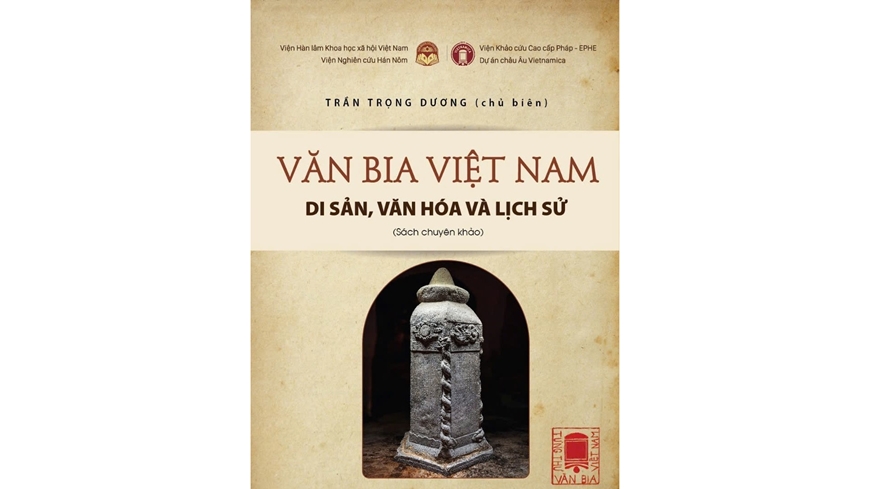 |
| Book cover. |
The work is a strong affirmation that Vietnamese steles are not only the country's heritage but also a part of the culture of East Asia and Southeast Asia. The group of authors pointed out the unique difference: While neighboring countries such as China and Korea often limit the appearance of steles to key relics, in Vietnam, steles are present everywhere - from communal houses to pagodas and temples. Steles not only record history but also recreate the entire social life, beliefs and culture of the Vietnamese people.
The authors have traveled for about 1,700 years to give generalizations about the decorative features of stele inscriptions through each period, especially in the period of independence and autonomy from the 10th century to 1945. Accordingly, from the image of a dragon tying a bag's mouth on a Bodhi leaf in the Ly Dynasty with elegant lines to the three-dragon design of the early Le Dynasty, the group of authors not only helps readers see the artistic beauty but also provides a way to date and identify styles through patterns.
Or to put it simply: Look at the patterns to read the age; look at the art to see the culture, look at the stone grain to understand the hand of the artisan. This is a skillful combination of aesthetics and scientific thinking, opening up a new approach for more in-depth research in the future.
Not only does the book explore the artistic value, it also delves into the origins of materials, the journey of stone quarries, craft villages, and carvers through each dynasty. The book also conducts a special study of the stone carving agencies of the royal court over a thousand years of history, from the Ly, Tran, and Le dynasties to the Mac, Le Trung Hung, and Nguyen dynasties.
This is a particularly fascinating chapter, because for the first time it has been systematically studied chronologically, both in folk guilds and in specialized agencies of the royal court such as the Stone Statue Bureau or the Student Literature Bureau... The work not only clarifies the role of stele in history but also shines a light on little-known hidden corners, where people, culture and art meet in a subtle yet fateful blend.
The book makes a strong impression with the way it builds a consistent theoretical framework, helping to approach the Vietnamese stele system as a multi-value integrated heritage, which the group of authors identifies with the concept of "cultural epigraphy". Instead of being limited to the traditional perspective, the group of authors flexibly combines epigraphy, archaeology, historical aesthetics with history, historical materials, cultural studies... opening up new research dimensions, from determining the date through carved patterns to exploring the role of stele in Vietnamese village life, in the practice of religious beliefs and faith. This theoretical framework not only helps to systematize the values of stele but also puts stele in a central position in the study of Vietnamese history and culture. This can be seen more clearly in the structure of the 10 chapters of the book, with contents on Confucian, Buddhist, Taoist, Catholic steles, post steles, communal house steles, bridge steles, shop steles, with types of land or landscape, dikes, sea, islands...
What makes “Vietnamese Stele - Heritage, Culture and History” so appealing is not only its rich content but also the way the author places the stele in a broader context. Through that, Vietnamese stele is not only seen as a local heritage but also as part of the flow of regional civilization. The everlasting “stone history pages” are a reminder that the heroic memories of the nation are not only preserved in the community’s memory but also exist on living artifacts, where time cannot erase them.
According to qdnd.vn
Source: https://baokhanhhoa.vn/van-hoa/202503/buc-tranh-tong-quat-ve-van-bia-viet-nam-5636b4b/



![[Photo] Prime Minister Pham Minh Chinh receives Swedish Minister of International Development Cooperation and Foreign Trade](https://vphoto.vietnam.vn/thumb/1200x675/vietnam/resource/IMAGE/2025/5/12/ae50d0bb57584fd1bbe1cd77d9ad6d97)
![[Photo] Prime Minister Pham Minh Chinh works with the Standing Committee of Thai Binh Provincial Party Committee](https://vphoto.vietnam.vn/thumb/1200x675/vietnam/resource/IMAGE/2025/5/12/f514ab990c544e05a446f77bba59c7d1)

![[Photo] Prime Minister Pham Minh Chinh starts construction of vital highway through Thai Binh and Nam Dinh](https://vphoto.vietnam.vn/thumb/1200x675/vietnam/resource/IMAGE/2025/5/12/52d98584ccea4c8dbf7c7f7484433af5)















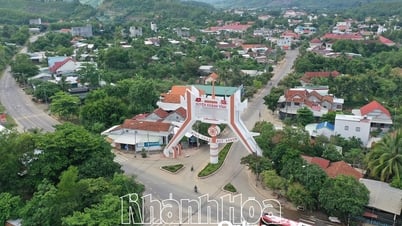













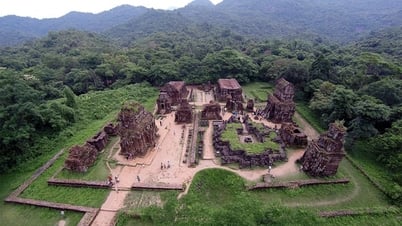



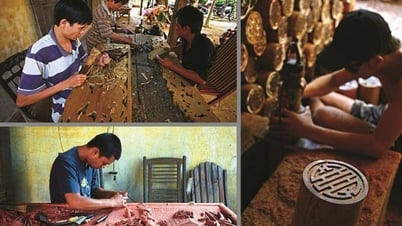





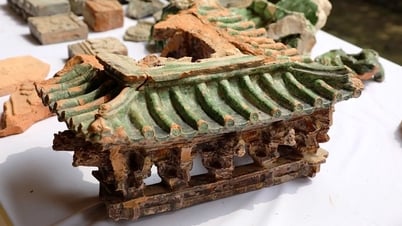






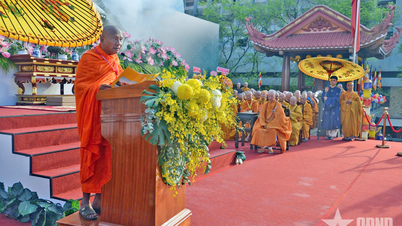











































Comment (0)